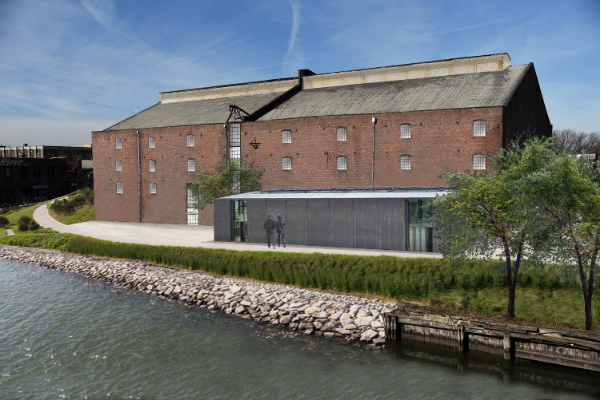A brewery, a market, a creative hub: Activists push new uses for historic Red Hook warehouse slated for demolition
Adaptive reuse urged for fire-damaged S.W. Bowne Grain Storehouse

Preservationists are ramping up their campaign to save the historic S.W. Bowne Grain Storehouse, a fire-damaged industrial building on the Red Hook waterfront slated for demolition.
To draw the public’s eye to the Chetrit Group’s plan to demolish the historic S.W. Bowne Grain Storehouse, the Gowanus Landmarking Coalition and local architects drew up renderings depicting chic new uses for the building. They hope to rally the community around imaginative ideas — like breweries and farmers markets — that could help change the developer’s direction before it’s too late.
“Why is the developer hell-bent on destroying a building that could earn revenue if revitalized, as with restored brick warehouses elsewhere on the Red Hook waterfront, and that the community has raised up as important to local history and character?” Brad Vogel of the Gowanus Landmarking Coalition said to the Brooklyn Eagle.
